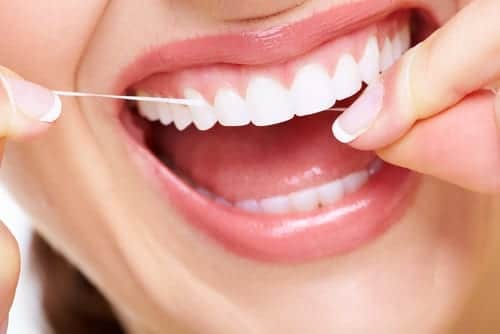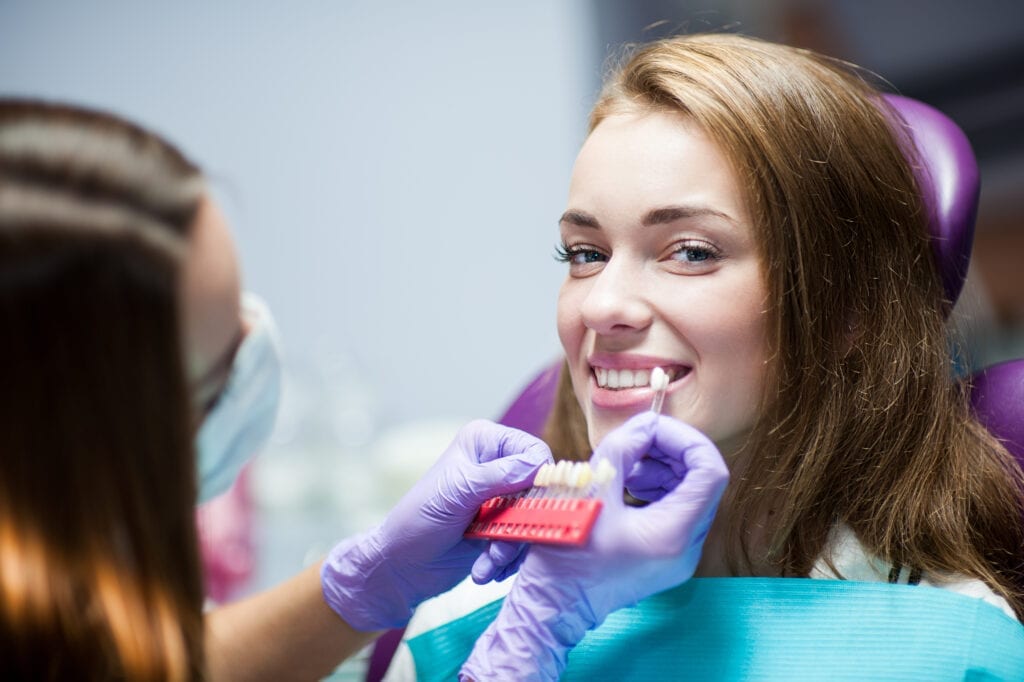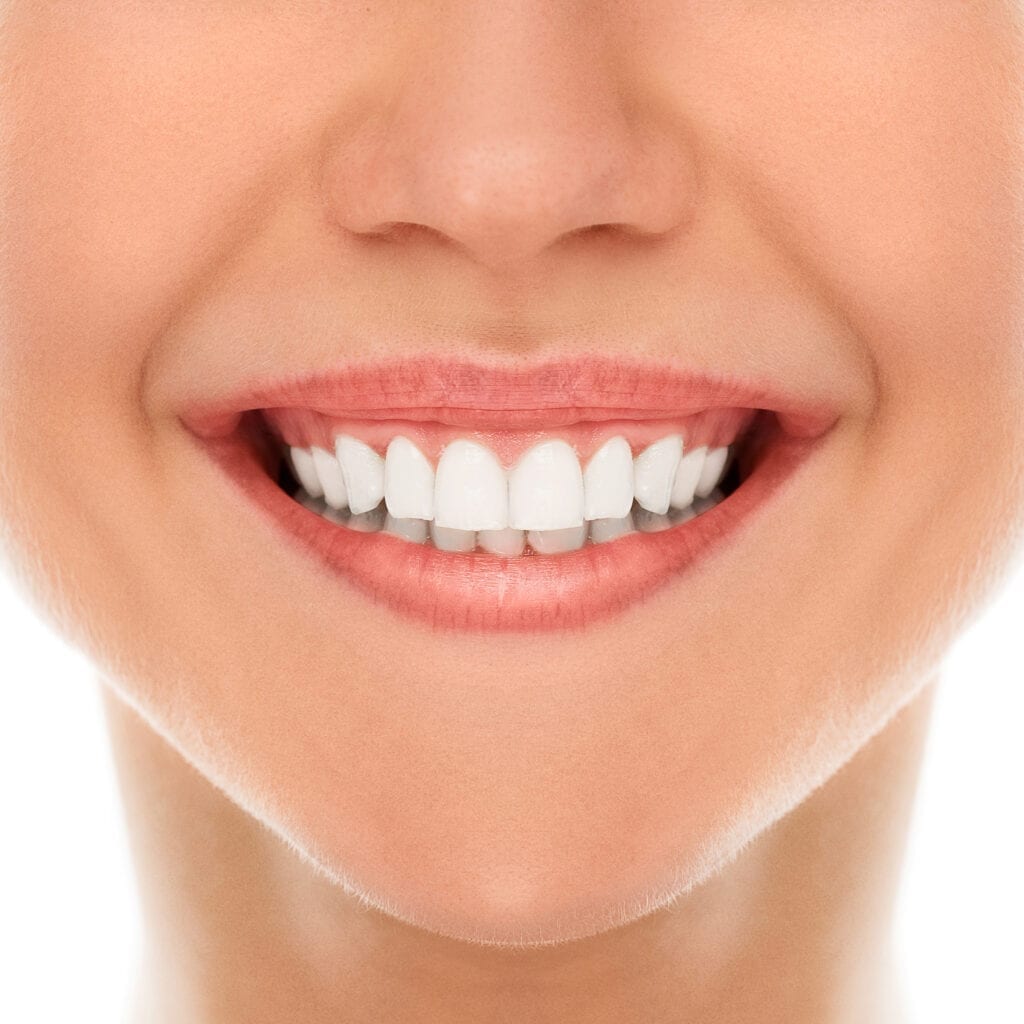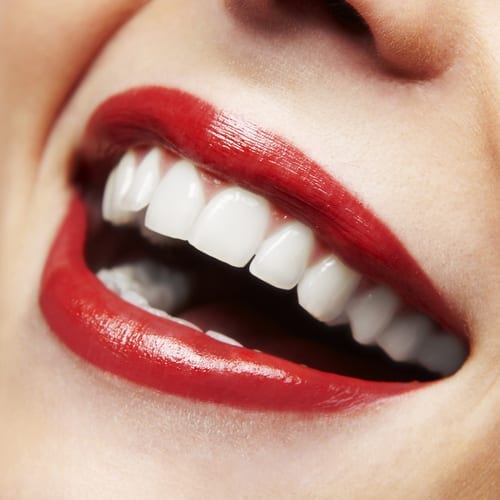Dental care habits can literally make or break your teeth. The quality of your smile, the strength of your bite, and your capacity to chew all depend on how well you take care of your pearly whites. That’s why it’s essential for you to practice good habits such as brushing your teeth, flossing the gaps between your teeth, and gargling mouthwash. All of these help eradicate nasty bacteria that feed on the leftovers in your mouth and potentially turn it into a toxic wasteland full of enamel-eating acids.
What are the right techniques in proper and healthy oral hygiene? Follow the steps below to protect your teeth and smile in more ways than one. You should do your daily habitual routines for oral hygiene correctly because doing them wrong can be as bad as not doing them at all.
Page Contents
Brushing Your Teeth
Clean your teeth to ensure you have healthy oral hygiene. This must be done every single day or at least twice every day. Make it thrice a day or after every meal to be sure. You can prevent dental caries and gum disease from forming by simply keeping your teeth and the area where your teeth and gums meet as clean as possible.
Don’t only brush the tooth surfaces to stave off cavities. Brush everything. Consider these basics in brushing.
- Brush at Least Twice Daily: If you can’t brush three times a day, then brushing twice a day or after lunch and after dinner will suffice. Brush after every meal, but not immediately after. Wait a few hours. When brushing your teeth, don’t do it too quickly. Brush about two minutes and do it thoroughly. Use circular motions with your brush instead of just brushing up and down. Don’t forget to brush the chewing surfaces, inside, and outside of your teeth as well as your tongue.
- Practice Good Technique: Doing a bad job at brushing your teeth is as bad as not brushing them at all. Aside from doing circular motions, you should hold your toothbrush at a slight angle, such that the bristles are aimed at the area where the tooth meets your gum. Afterwards, gently brush back and forth. Avoid brushing too hard because that can damage both your gums and your teeth. Be fair and firm. Brush gently but thoroughly.
- More about Brushing Properly: You should pay attention to the way you brush, the length of time it takes for you to brush (at least two minutes), and how thoroughly you brush without putting too much pressure on the brush that it’s scraping enamel away. Use the circular motions of your brush to remove plaque effectively or buy an electric toothbrush to let it do the work for you. Plaque that’s not removed hardens into tartar or calculus, leading to gingivitis or periodontitis.
- Don’t Go to Bed without Brushing: Before you go to bed, brush your teeth. The perfect timing is brushing your teeth in between lunch and dinner then before sleeping. This will allow you to meet the minimum quota of brushing twice daily. Don’t neglect to brush your teeth at night. Brush before bedtime in order to get rid of germs that might percolate and spread as you sleep. Bedtime brushing allows you to clean away plaque and germs that have accumulated throughout the day.
- The Right Timing and Tongue Brushing: Don’t brush right after eating, particularly if you’ve consumed acidic things like soda or grapefruit. Brush somewhere in between meals so that you don’t end up brushing immediately before eating (thus defeating the purpose of brushing) or immediately after eating (especially if you’ve eaten acidic foods). Also, don’t forget to brush your tongue because it’s a harbinger of bacteria itself. Use a toothbrush or buy a tongue scraper.
- The Importance of Tongue Brushing: Too many people focus too much on brushing their teeth that they neglect their tongue. Don’t be like other people. When brushing your teeth, brush your tongue as well just as you’d wash behind your ears every time you bathe. Don’t allow plaque to build up on your tongue’s surface and cause you to have bad breath or halitosis. Neglecting the tongue can lead to various health problems. When brushing it, you should be gentle as well. You shouldn’t draw blood or cause pain.
- Use Fluoride Toothpaste: Fluoride is a much more important element of toothpaste than flavors or whitening power. No matter which brand you choose, get the one that contains fluoride. While the agent has been under scrutiny regarding how it impacts other aspects of your health, it remains an oral health mainstay. It defends excellently against tooth decay and cavities. It fights cavity-causing germs and provides a protective layer over your teeth.
- Use Proper Brushing Equipment: Use a soft-bristled brush that fits your mouth in a comfortable fashion. You can also buy a battery-operated or electric toothbrush in case you don’t want to be bothered with the circular motions since this brush can do that for you. Actually, this toothbrush type is known to reduce gingivitis and plaque more effectively than brushing traditionally or manually. They’re also helpful for those with problems with arthritis or Parkinson’s.
- Keep Your Equipment Clean: You should clean up your equipment. Use water to rinse your toothbrush after brushing. Store your toothbrush in a clean, safe place at an upright position, with the head in the air and the tail on the ground. Allow the brush to air-dry before you use it once more. Keep it separate from other brushes to prevent cross-contamination as well if you’re living with family or a partner. If when you brush you can taste remnants of toothpaste on the brush before putting toothpaste on it then you haven’t cleaned it thoroughly.
- Know When to Replace Your Toothbrush: Don’t routinely store brushes in closed containers or cover them up in a dark place. This can encourage the development of yeast, mold, or bacteria on them since they’re constantly wet. With that said, you should be aware of when to replace your toothbrush. Buy a new brush or replacement head for your battery-powered brush every three months. As soon as the bristles become irregular or frayed then replace that brush as well.
Flossing in Between Tooth Gaps

A toothbrush with toothpaste won’t be able to reach the tight spaces in between your teeth and under your gumline. You need to also floss on top of brushing your teeth. When you floss, you should keep in mind the following.
- Don’t Skimp on Floss: Break off about 46 centimeters or 18 inches of floss for use on your mouth every time you wish to floss. Wind the floss on your middle finger in one hand and rest on the middle finger of your other hand. Tragically, many people don’t know how to floss. No, it’s not just you unfurling a piece of floss and quickly moving it between tooth gaps. You should individually floss every gap and also scrape every tooth surface with a new piece of floss every time.
- Be Gentle When You Floss: Just as you’re supposed to be gentle when you brush you should, in turn, be gentle when you floss. As you grip your floss tightly between your forefingers and thumb, guide the floss between your teeth in a rubbing or sawing motion. Don’t snap it into place; you might injure your gums. Once the floss reaches the gumline, curve it against the tooth with a C-shape. This way, you can scrape the plaque on the tooth’s surface and the bits of leftover food between tooth gaps at the same time.
- One Tooth at a Time: Floss one tooth at a time instead of one gap at a time. Sliding the same floss on every gap only makes the germs and plaque transfer from one tooth to the next. Slide the floss in between the tooth and gum then gently rub the side of the tooth up and down. Unwind a fresh piece of floss for every tooth as you progress to cleaning the rest of your teeth to prevent transferring the plaque and film into another place. The point of flossing is plaque removal not plaque redistribution.
- Alternatives to Flosses: You might need some practice in order to handle flossing. However, once you learn how to floss correctly then you’ll never forget. It’s like riding a bike. You can also buy a dental pick, pre-threaded flosser, water flosser, wooden silicone wedge plaque remover, tiny brushes that reach between teeth, or any other alternative interdental cleaner. They make flossing and scraping plaque much easier to do when compared to a standard floss.
- Should You Brush or Floss First? As long as you’re thorough at doing both it doesn’t matter if you brush first then floss later or vice-versa. Preferably, you should do both because it’s always better to be safe than to be sorry. Just avoid brushing and flossing too hard thinking that it’s the equivalent of being thorough. Flosses in particular can be mishandled in such a way that they can damage your gums if you’re not careful or mindful of your usage.
- What About Toothpicks? Just as you should be careful to use flosses to avoid injuring your gums you should avoid using toothpicks altogether. They’re usually not worth the hassle. Using picks and other objects to pick at the pieces of food stuck between tooth gaps could injure your gums and let bacteria in. Toothpicks usually do more harm than good. If you have to use a toothpick, be mindful of its proximity to your gums.
Consider Mouthwash
Commercials on TV and advertisements everywhere emphasize the importance of mouthwash in ensuring your oral health. However, like with flossing, most people skip using them. They don’t understand how they work or at most only use them to stave off the pain of a severe toothache. According to experts, mouthwash is helpful in more ways than one. They’re primarily used to kill bacteria, especially clinical mouthwashes.
At the very least, a mouthwash can significantly decrease the amount of bacteria in your mouth along with the acid that they emit that could lead to tooth decay. The liquid is also dependable when it comes to cleaning hard-to-brush, hard-to-floss areas in and around your gums. What’s more, the teeth are re-mineralized every time you gargle with mouthwash. They’re dependable as an adjunct tool to help balance your oral health out. In particular, children and seniors should use mouthwash since their ability to floss or brush might not be ideal.
Aside from buying the nearest commercial mouthwash, you can ask your dentist for recommendations regarding the best mouthwash for you. Certain brands, for instance, are ideal for pediatric use. Others are more useful for those who have sensitive teeth. Still others contain fluoride as well.
Other Oral Health Tips and When To See a Dentist

Cut down on sugary or starchy food. If you’re a smoker, attempt to quit smoking. Tobacco use can increase your risk for diseases such as tooth loss, gum disease, and loose teeth. You should also schedule regular dental appointments and prophylaxis (cleanings) with your dentist to prevent such issues from happening.
A dentist knows how to better clean your teeth in a more thorough fashion than mere brushing, flossing, and mouthwash. He can also do tests like dental x-rays and other checkups to ensure that your teeth are in proper condition.
Meanwhile, contact your dentist if you notice any of these bothersome symptoms that could lead to oral health issues.
- Painful chewing
- Loose permanent teeth
- Swollen, red, or tender gums
- Atypical sensitivity to hot and cold
- Gums that bleed when you floss or brush
- Gums that have started pulling away from your teeth
- Persistent halitosis or bad breath as well as an unusual taste in your mouth
As always, detecting problems early can help you to easily deal with them now than later, then you might cross the path of no return and you have no choice but to request your dentist to extract your tooth!
Conclusion

The lesson is simple: Take good care of your teeth. It’s more expensive to drill implants on to your jaw in order to place new crowns or bridges into place than to maintain your permanent, natural teeth. It’s much less hassle to brush and floss with the teeth that you were born with compared to having to use a special floss to floss under the gaps between your dental bridge and the gumline where your teeth used to be. As in many aspects of our life, prevention is much better than cure – both in terms of safety and practicality.
It takes a lifetime of care to maintain healthy teeth, but you can take things one step at a time. Form those essential habits early on and you won’t have to worry about loose or falling teeth in the future. Take the right steps every single day in order to take care of your teeth and prevent them from causing you issues like tooth decay, gingivitis, and periodontal disease. Use the right oral care products, be mindful of your daily habits, and eat the right diet.
Thantakit International Dental Center is Thailand’s longest established dental center. Situated in Bangkok, our clinic is renowned across the world as a destination for world-class dentistry, with most of our patients flying to us from Australia.
Please contact us today and get a FREE dental consultation.













